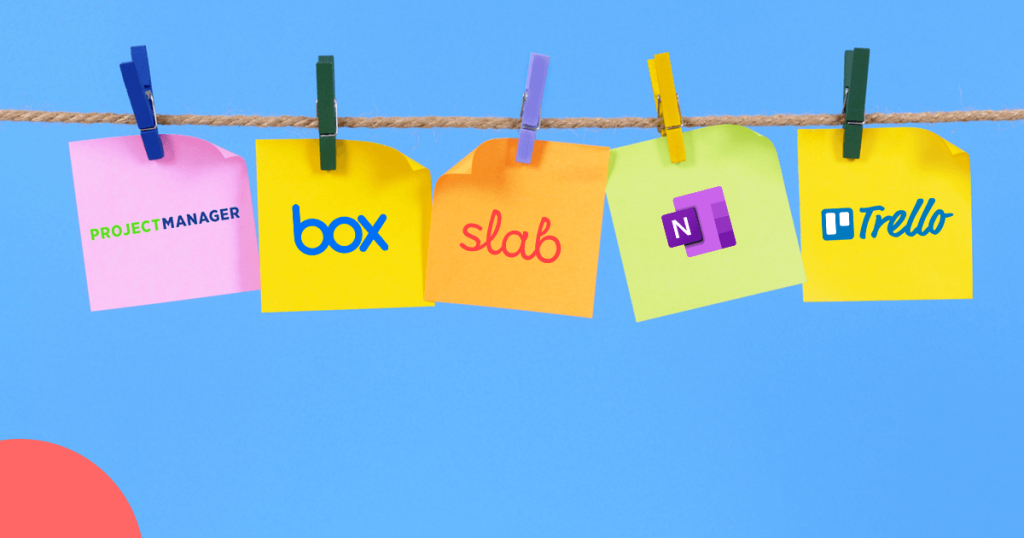Organizing your workday can be very tricky. Whether you belong to a big or small enterprise, getting through the gamut of workday tasks will always have its challenges. With the popularity of remote work gaining a strong foothold in today’s “new normal,” managing your workload while making sure that everyone stays connected and on top of things has become twice as hard.
It can be a bear trying to get everyone on the same page. Too many tasks, meetings and collaboration, new information coming in daily, new employees joining, old ones leaving, trying to preserve and update knowledge within the company — how do you not get lost in the chaos?
Luckily, there are tools out there geared towards organizing your work and helping you run your workday more efficiently. There are hundreds of them floating around the interwebs and you can get lost in the chaotic list of organizational tools, ironically enough. So how do you choose the right one for you?
Choosing the Right Tool
First, you will need to take stock of what you have and what you need. What kind of service are you looking for? Are the tools you found equipped with the features you need in your organization? Compile a list of possible apps that might be useful for you.
Second, once you've compiled a list of possible organizational tools that you might use, consider their ability to address all the things that you need them to do for you. If you can find just one tool to do all the organizational tasks you need to be done, then why get two or three separate tools to do what one platform can do?
Third, read up on the reviews. You’ll need to hear what actual clients have to say about the tools you are considering. Feedback is a key component to an informed decision; and once you’ve picked the tool/s you need, return the favor and write an honest and constructive review.
Fourth, test them out. You really won’t know if the tool will work the way you envisioned it if you don’t try it out. Go through your picklist and take the tools for a test drive. Put them through the tasks you need them to run and see how well they hold up or how fast and efficiently they can accomplish those tasks for you.
So now that you have the initial steps in choosing the perfect organizational tool for you, let’s delve into our list of tools (our absolute top favorites!) that we think might just be what you need.
The Best Organizational Tools for Work
1. Trello
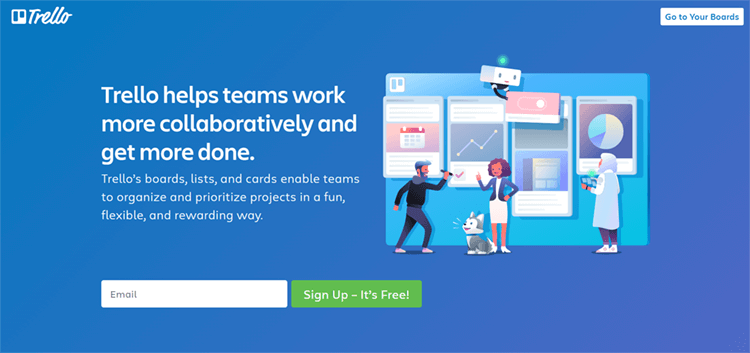
Let’s start our list with Trello. This is a project management and organizational tool that uses task cards and project boards. This tool allows you to write down your daily tasks into virtual cards, assign due dates, and add attachments. You can invite your team and assign tasks to them, as well.
Their project boards allow you to put your visualizations into an organized platform where you can monitor your project’s progress. You can collaborate with your team regardless of where each of you is based. It is very easy to use, and best of all, Trello syncs across all your devices.
2. Slab
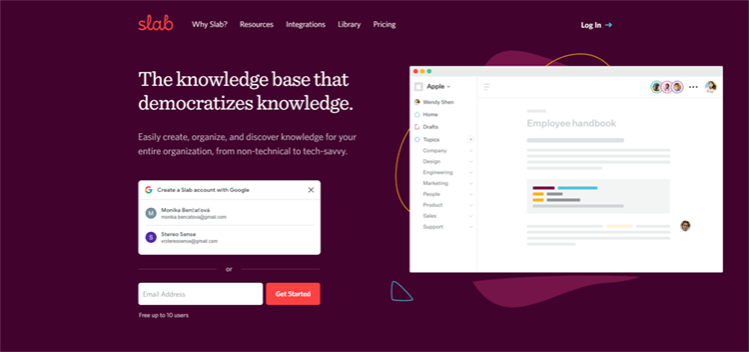
As their headline says, Slab is a “knowledge base that democratizes knowledge.” It’s a nifty tool that lets you create, store, and organize your data. It also integrates well with your existing tools, so there would be no need to replace your stack and relay new instructions to team members. Its Unified Search feature allows you to pull any needed data from any of your existing tools. Sweet, right?
This shaves off time trying to remember which tool has what data. Another useful feature is Slab Topics, which not only organizes data into folders and tags, but also provides relevant context for easier browsing, learning, and transferring of knowledge within the company.
It also offers dozens of templates from industry leaders to get you inspired and give you ideas一so whether it’s onboarding new employees, documenting weekly team meetings, or creating user manuals, Slab has an extensive library of templates designed for your organizational needs.
And a bonus: it’s easy enough to use that creating and organizing can be done even by the least savvy members in your organization.
3. ProjectManager.com
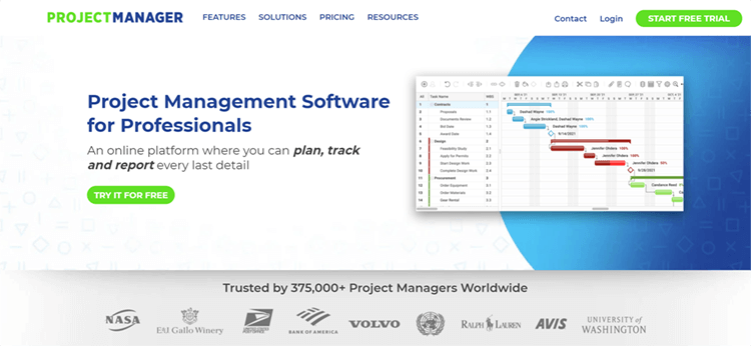
If you manage large and diverse teams, you might want to consider ProjectManager.com. This award-winning tool has over a thousand integrations including Microsoft Office, Salesforce, Dropbox, Slack, and Google Apps.
It has Gantt charts, kanban boards, and task lists. They have project management software, planning tools, and project dashboards among other things. You can collaborate and plan projects with your team quickly and easily. It works on both PC and Mac and doesn’t need any downloads or complex installations.
4. Box
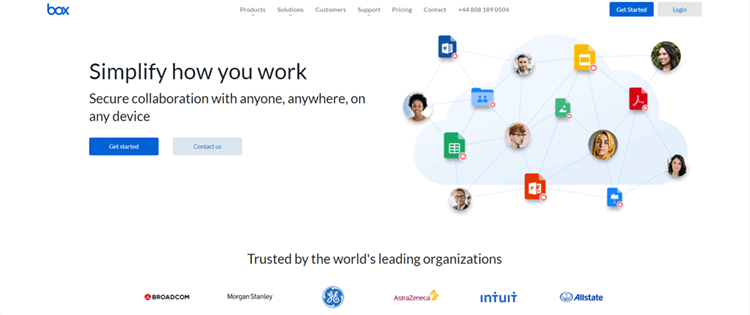
Box is one of the most secure cloud storage services available today. You can choose with whom you want to share your files. You can store all your confidential business information into the Box Drive and rest easy that it will remain secure.
It is also integrated into Mac Finder and Windows Explorer so you can use it in both Windows PC and Mac. You can edit any file, even CAD, in your browser and it will automatically be saved to Box.
The app itself takes up little disk space. It allows sharing large files without having to download anything. You can just share the link to your files with your team. It doesn’t bog down your systems with large downloads, and it allows for easy and real-time collaboration within your team.
Microsoft OneNote
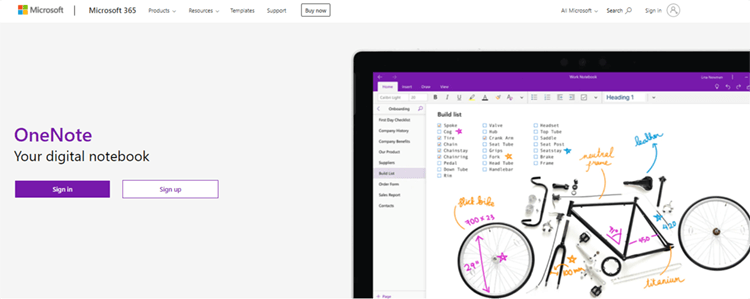
If your company has a subscription to Office 365, you most likely have access to Microsoft OneNote, a great and secure collaboration tool that organizations can utilize in project management, process improvement, and daily operations. OneNote is ideal for managing projects with members in multiple locations as the tool allows real-time correspondence and feedback.
A feature called SharePoint allows teams to create their own “wiki” and organize and store large amounts of information in one place, making streamlining ideas and resources easier for everyone.
Conclusion
No matter how busy you get or how chaotic your workdays seem to become, there is always a tool, or several, out there that can help you keep your tasks and schedules organized. These things are there to make your work a lot easier, your collaborations more fun, and your team engaged no matter where each of you is based. All you need to do is find the right tools that will work for you.
Author
Arleen Atienza has been writing for several organizations and individuals in the past five years. Her educational background in Psychology and professional experience in corporate enable her to approach a wide range of topics including finance, business, beauty, health and wellness, and law, to name a few.
